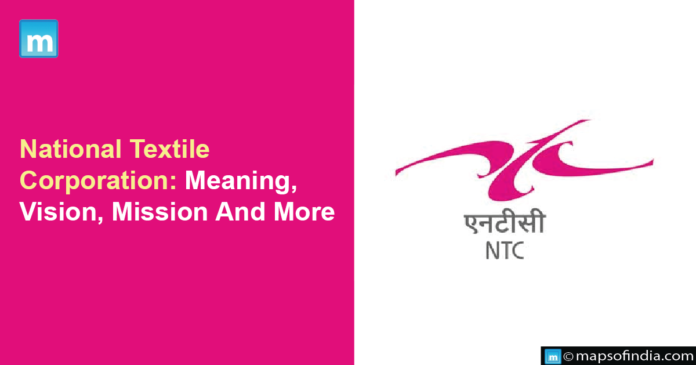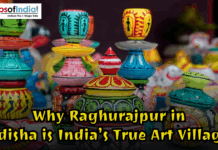Union Textile Minister Piyush Goyal announced the formation of a committee to speed up the redevelopment of land under the mills of the National Textile Corporation. Under the ownership of the Ministry of Textiles, Government of India, the National Textile Corporation is a central public sector undertaking. This company was established in April 1968. The National Textile Corporation (NTC) has emerged as a debt-free company with a highly competitive revival strategy. The company has developed a new corporate and marketing strategy to set up new stores and revamp all present NTC stores.
The National Textile Corporation Limited (NTC) was established in April 1968 and was taken over by the Government. It was incorporated with managing the affairs of sick textile undertakings in the private sector. NTC is engaged in the production of yarn and fabric, which is done through its mills in operation.
What is the vision and mission of NTC?
NTC aims to become a leading textile company, a preferred supplier to international and domestic consumers, including Government departments. It seeks to do so by creating world-class infrastructure with monetization and utilizing existing unutilized resources. The mission of NTC is to be a leading Textile Enterprise steadily improving capacity utilization, productivity, brand images, the economy of operations, quality, export, and market share.
Ministry of Textiles
The Ministry of Textiles is an Indian government national agency. It is responsible for formulating planning, policy, export promotion, development, and regulation of the textile industry in India. This includes all artificial, cellulosic, and natural fibers used in making clothing, textiles, and handicrafts.
Different functions of the Ministry of Textiles
- The primary function of the Ministry involves making textile policy and coordination.
- Maintaining the man-made fiber/ filament yarn industry
- The cotton textile industry also comes under it
- Jute industry
- Silk and silk textile industry
- Wool & woolen industry
- The decentralised power loom sector also comes under the function of the Ministry
- Promotion for the exportation of products made in India
- Planning and economic analysis
Organisations involved in the Ministry
Some of the Central Public Sector Undertakings (CPSUs) under the Ministry
- British India Corporation Ltd.
- National Textile Corporation Ltd
- Jute Corporation of India
- Cotton Corporation of India Ltd
- National Jute Manufacturing Corporation Limited
- National Handloom Development Corporation
- Central Cottage Industry Corporation
Statutory bodies under the Ministry
- Central Silk Board
- Jute Manufacturers Development Council
- Textile Committee
- Commissioner of Payments
- National Institute of Fashion Technology
Autonomous bodies
-
National Institute of Fashion Technology
- Central World Development Board
- Sardar Vallabhbhai Patel International School of Textiles & Management, Coimbatore
- Indian Institute of Handloom Technology
The Ministry of textiles, under its administration, has set up the National Handicrafts and Handlooms Museum in New Delhi. Spread over an area of 5 hectares, and this museum is a structured village complex. It consists of 15 structures representing village courtyards, dwellings, and shrines.




